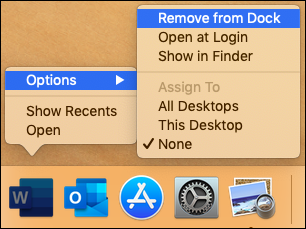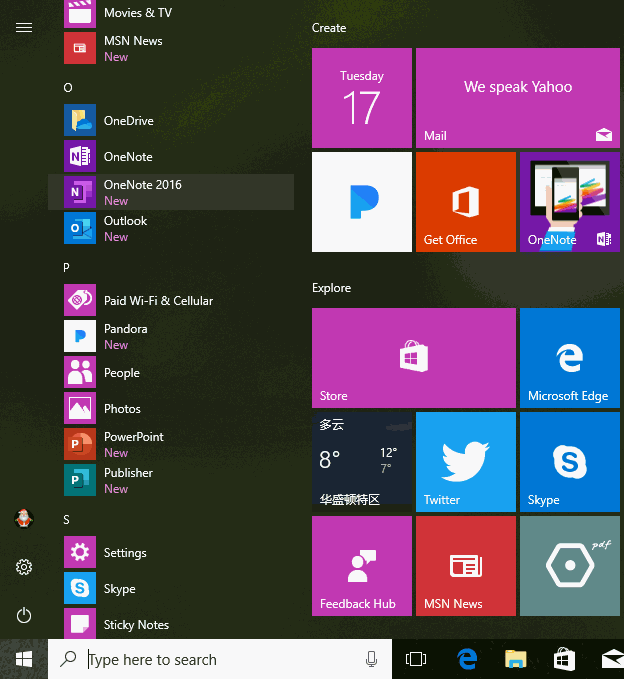

- COMPLETE UNINSTALL OFFICE 2011 HOW TO
- COMPLETE UNINSTALL OFFICE 2011 INSTALL
- COMPLETE UNINSTALL OFFICE 2011 PASSWORD
Open the “Library” folder from the Go menu again by holding down the “Option” key.
COMPLETE UNINSTALL OFFICE 2011 HOW TO
See also How to change Siri's voice, accent, gender, and language If you want to save them, you can just move them to a safe place. The next thing we’ll need to do is delete any custom templates you may have created.

We’re almost done, there are just a few more steps to go. Organize the files in this folder by name and drag all those that start with “ “to the trash. If you are using OS X Snow Leopard (10.6) or OS Lion (10.7), then you will need to go to (“Shift + Command + G”) the Finder folder “/ private / var / db / receipts”. Then while you are still in that Library folder, open the “Received” folder and see if there are any files starting with “Office2011_” (there probably won’t be any) and drag them to the Trash as well.
COMPLETE UNINSTALL OFFICE 2011 PASSWORD
Slide the “ Microsoft“in the recycle bin you will need to enter your system password to complete this action. Once your computer has restarted, open “Computer” again from the Go menu, then your system drive and “Library -> Application support”. Deletion of application support case and receipts This will be necessary before you can purge everything to the Trash. Microsoft recommends that you restart your computer at this point to remove any cached files in memory. Open “Computer” from the Go menu (you can use “Shift + Command + C”), double click to open your system drive (it can be “Macintosh HD” unless you’ve renamed it), then open “Library -> Preferences” and drag “ .plist“to the trash.
COMPLETE UNINSTALL OFFICE 2011 INSTALL
When you install Office and enter your license information, a file is created. Open the “ByHost” folder, organize everything by name and drag anything that begins with “ com.microsoft“to the trash. See also How to "spin" your Apple Watch when running or cyclingĪs long as you are in this folder, you can delete subscription files. If you remove them and reinstall Office 2011 later, you will need to redo your customizations. Keep in mind that these preference files contain customizations that you’ve made to things like toolbars, keyboard shortcuts, and custom dictionaries. Select all files (you can hold down “Shift” to select a range of files) that start with “” com.microsoft“and drag them to the trash. It’s probably a good idea to change your view in Finder to a list. Go to “Preferences” and organize everything by name. Click “Go”, hold down the “Option” key and click “Library”. To remove preferences, open the library in your Home folder. One of the best ways to navigate the Finder is to use the Go menu. Once you have deleted the application files, it is time to start deleting all the small files spread across your system. Remove preferences, subscription file and license If you want it all to go, roll up your sleeves and go for it. You can just stop here, Office would basically be uninstalled, but like we said before, Office writes lots of small files all over your drive. The easiest way to do this is to click on them and drag them out of the Dock. While you’re at it, you can also remove Office icons from your Dock (if you’ve pinned any). Open your Applications folder and locate the “Microsoft Office 2011” folder. Remove the Office folder and icons from the Dock If any are running, just use “Command + Q” to quit them. See also How to Switch Your iPhone to "Mono" Audio (So You Can Wear One Earbud)


 0 kommentar(er)
0 kommentar(er)
